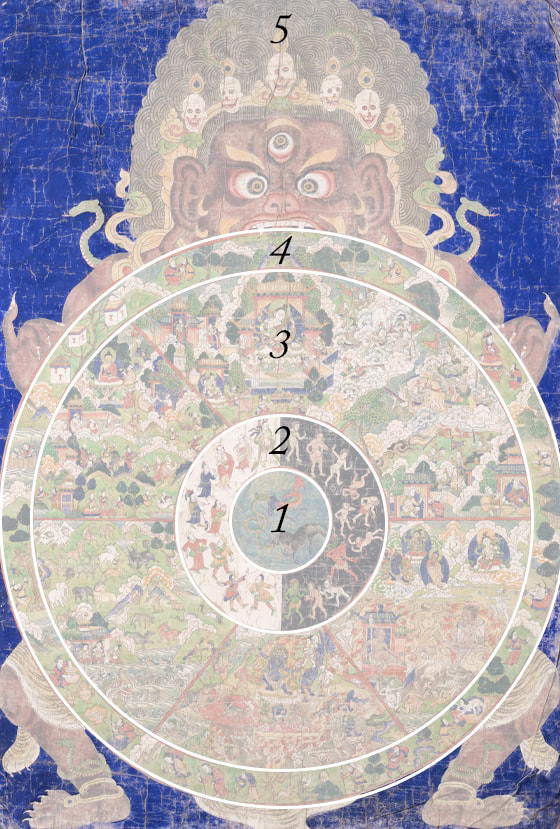


The Wheel of Life, or Wheel of Existence, is a representation of Buddhist beliefs about the cycle of life, death, and rebirth known as samsara. Past actions (karma) are the force that keeps beings within this cyclic existence. The central hub that makes the wheel rotate is the ultimate cause of samsara (1). The rim that holds the wheel together consists of states of consciousness in the process of rebirth (4). The whole of existence is depicted between these two parts of the wheel (2,3).
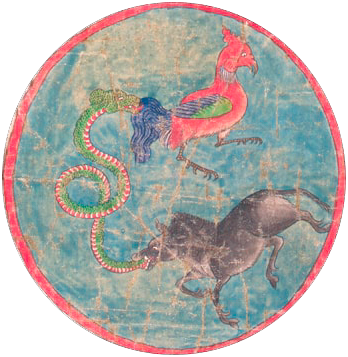
At the center of the wheel are the three “poisons” that trap all beings in samsara. Three animals that chase each other’s tails represent these main roots of suffering. Beginning at the bottom and moving clockwise, a pig symbolizes ignorance; a snake stands for anger or hatred; and a rooster represents desire or attachment.
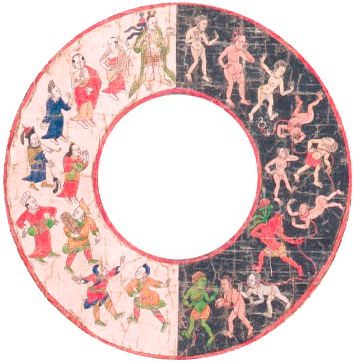
The bisected circle represents virtuous and non-virtuous actions (karma). In the light half, people are moving up towards good rebirths, because of their good karma. In the dark half, figures are moving down, because they still must exhaust their bad karma before they can have a better rebirth.
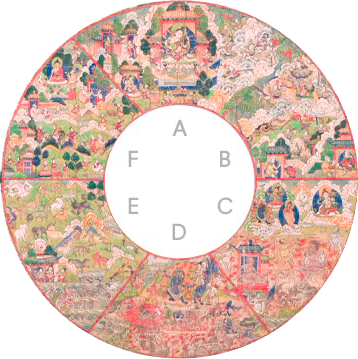
This section depicts the six realms where beings are born propelled by their karma. Each realm has its own conditions of life that determine experiences of reality. Some are more suitable to creating good karma, and others are full of suffering. Anyone can be born in any of the realms.
A. Realm of the Gods
B. Realm of Demigods (Asura)
C. Hungry Ghost Realm
D. Hell Realm
E. Animal Ghosts Realm
F. Human Realm
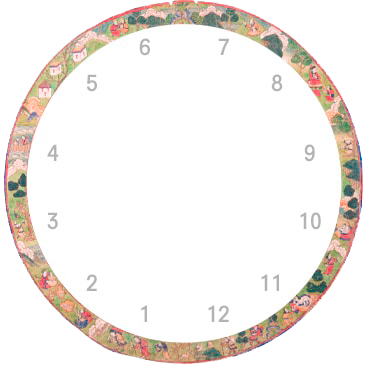
This ring symbolically depicts a consciousness being reborn. It arises in dependence on the root causes of samsara and its preceding mental states shaped by karma.
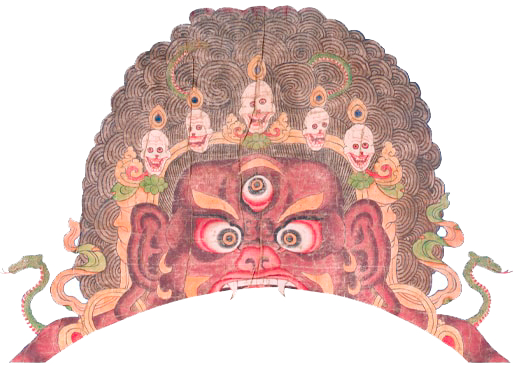
The Lord of Death holds the wheel of life in his mouth and claws, reminding that all life is conditioned by death. There is no escape from death until one reaches a complete understanding of reality, or awakening.

Wheel of Life; Tibet or Mongolia; 19th century; Pigments on cloth; Rubin Museum of Himalayan Art, Gift of Shelley and Donald Rubin; C2006.66.131
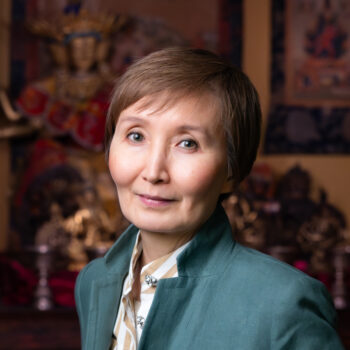
Elena Pakhoutova is senior curator, Himalayan art, at the Rubin Museum of Himalayan Art and holds a PhD in Asian art history from the University of Virginia. She has curated several exhibitions at the Rubin, including Death Is Not the End (2023), The Power of Intention: Reinventing the (Prayer) Wheel (2019), and The Second Buddha: Master of Time (2018). More →
Get the latest news and stories from the Rubin, plus occasional information on how to support our work.